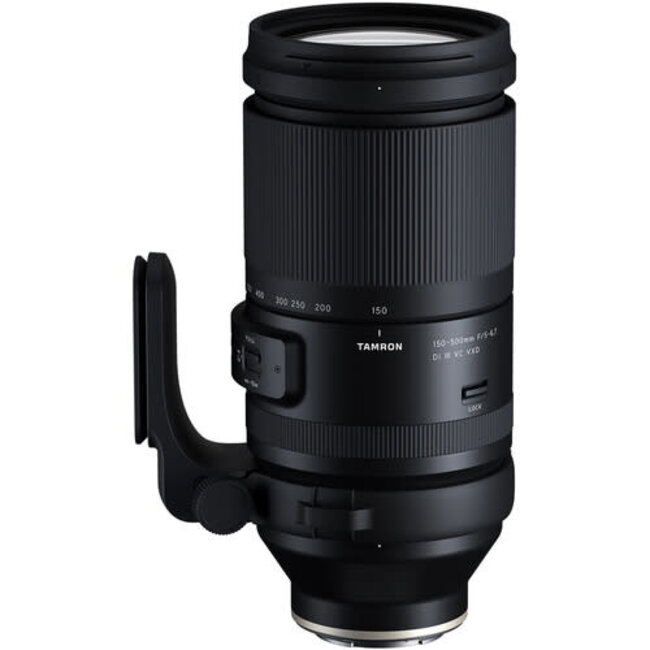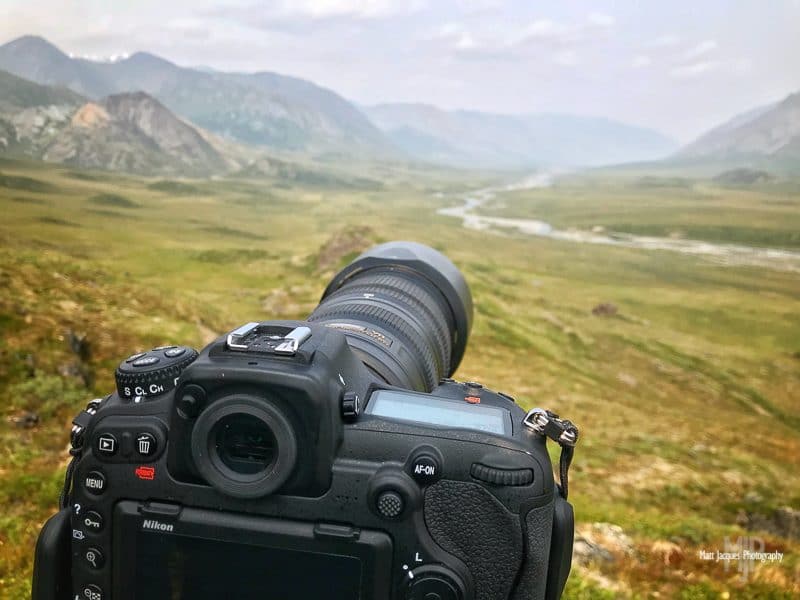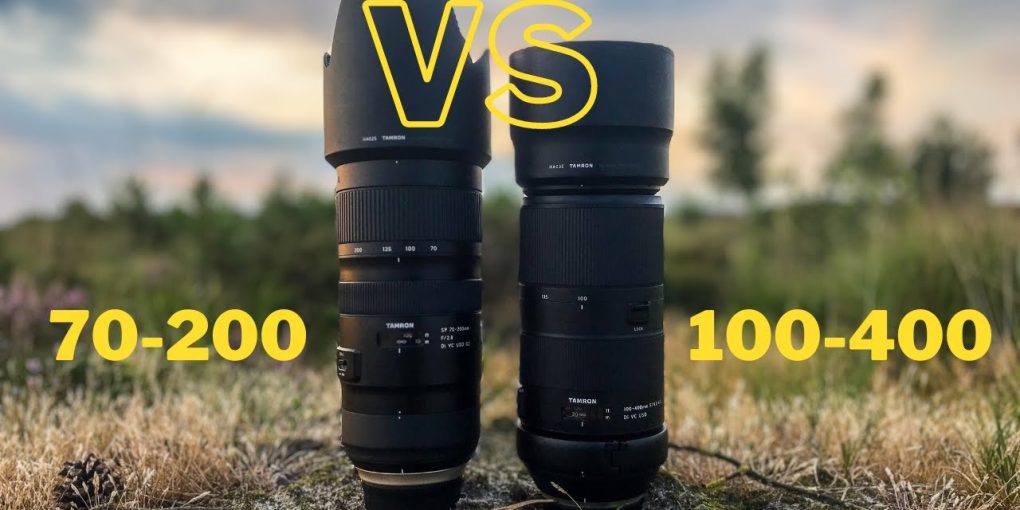Nikon 200 500 Vs Tamron 150 600 G2 : Unleashing the Power!
When comparing the Nikon 200-500mm and the Tamron 150-600mm G2, both lenses offer impressive telephoto capabilities for wildlife and sports photography. The Nikon 200-500mm is known for its sharpness and autofocus speed, making it a reliable choice for capturing fast-moving subjects.
On the other hand, the Tamron 150-600mm G2 excels in its image stabilization and versatile focal range, providing flexibility in various shooting conditions. Both lenses have their strengths and weaknesses, so it ultimately comes down to the specific needs and preferences of the photographer.
It’s important to consider factors such as budget, intended use, and desired features when deciding between these two powerful telephoto lenses.

Credit: dustinabbott.net
Table of Contents
- Build And Design
- Optical Performance
- Versatility And Usage
- Handling And Ergonomics
- Value For Money
- User Experience
- Frequently Asked Questions For Nikon 200 500 Vs Tamron 150 600 G2
- What Are The Key Differences Between Nikon 200-500 And Tamron 150-600 G2?
- Which Lens Is Better For Wildlife Photography, Nikon 200-500 Or Tamron 150-600 G2?
- Is Image Quality Significantly Different Between Nikon 200-500 And Tamron 150-600 G2?
- Conclusion
- CallofPhotography
Build And Design
Nikon 200-500mm and Tamron 150-600mm G2 are both well-built and designed lenses, with durable construction and weather-sealing, making them suitable for outdoor use in various conditions. The Nikon 200-500mm features a rugged exterior with a high-quality finish, while the Tamron 150-600mm G2 is also built to withstand tough shooting environments. Both lenses offer smooth zoom and focusing rings, providing a comfortable shooting experience. The ergonomics of both lenses are well thought out, with the controls conveniently placed for easy access during shooting. The Nikon 200-500mm and Tamron 150-600mm G2 both offer excellent build quality and design, meeting the demands of wildlife and sports photographers.

Credit: www.lookingglassphoto.com
Optical Performance
Comparing the optical performance of Nikon 200-500 and Tamron 150-600 G2, both lenses offer exceptional image quality and sharpness. The Nikon 200-500 provides slightly better sharpness at 200mm, while the Tamron 150-600 G2 excels at 600mm, making it a great choice for wildlife and sports photography.
| Optical Performance | ||
| Image Quality | The Nikon 200 500 boasts sharp images with excellent color reproduction. | The Tamron 150 600 G2 delivers impressive clarity and detail in photos. |
| Focusing Speed and Accuracy | Nikon 200 500 offers fast and accurate autofocus for crisp shots. | Tamron 150 600 G2 provides reliable focusing speed, ensuring sharp images. |
Versatility And Usage
Comparing the Nikon 200-500 and Tamron 150-600 G2, both offer impressive versatility and usage for wildlife and sports photography. With their long focal lengths and image stabilization, they provide exceptional performance in various shooting situations, offering photographers flexibility and the ability to capture stunning, detailed images.
| Nikon 200 500 | Tamron 150 600 G2 |
| Great for wildlife due to reach and sharpness | Excellent for sports with fast and accurate focus |
| Heavier lens, but well-built and weather-sealed | Lighter weight for portability during long shoots |
| Smaller zoom range suitable for close-up shots | Offers a bigger range for zoom versatility |
Handling And Ergonomics
The Nikon 200 500 and the Tamron 150 600 G2 are both popular telephoto lenses that offer impressive handling and ergonomic features.
First, let’s discuss portability. Both lenses are quite hefty, weighing around 2.5 kilograms each. While this might make them slightly cumbersome to carry around, they are still relatively lightweight considering their focal lengths. Additionally, both lenses feature a comfortable and secure grip, which makes it easier to handle and maneuver them while shooting.
When it comes to control and comfort, both lenses have well-designed controls that are conveniently placed for quick adjustments. The zoom and focus rings on both lenses have a smooth and responsive feel, allowing for precise adjustments. The lens barrels are also made from durable materials, providing a solid and reliable build quality.
In terms of ergonomics, both lenses feature a rotating tripod collar that allows for seamless switching between landscape and portrait orientations. This feature adds versatility and convenience, especially for photographers who frequently utilize tripods. Both lenses also have weather-sealed construction, offering protection against dust and moisture in challenging shooting conditions.
In summary, both the Nikon 200 500 and the Tamron 150 600 G2 offer excellent handling and ergonomics, providing photographers with comfortable and intuitive controls, portability, and durability.
Value For Money
Nikon 200-500 and Tamron 150-600 G2 are two popular telephoto lenses known for their value for money. When it comes to price comparison, the Tamron 150-600 G2 is generally priced slightly higher than the Nikon 200-500. However, considering the versatility and features offered by both lenses, they are considered as a long-term investment for photographers. The Nikon 200-500 offers a broader focal range of 200-500mm, which is great for capturing a wide range of subjects, while the Tamron 150-600 G2 provides a longer reach of 150-600mm. Both lenses deliver excellent image quality and sharpness, making them suitable for wildlife, sports, and bird photography. Moreover, they are equipped with vibration reduction technology for better hand-held shooting at longer focal lengths. In addition, both lenses have durable build quality and weather sealing, ensuring they can withstand harsh shooting conditions. Choosing between these lenses ultimately depends on your specific photography needs and budget.

Credit: shuttermuse.com
User Experience
Nikon 200-500: Users appreciate the sharpness and clarity of the images. The quick and accurate autofocus is a highlight. Some find the lens on the heavier side, affecting portability.
Tamron 150-600 G2: Users praise the versatility and image quality, especially at the longer end. The Vibration Compensation feature is highly valued for capturing sharp images. However, some users have experienced autofocus inconsistencies.
Customization and Adaptability: Both lenses offer customizable settings to suit different shooting scenarios. Users note the ability to adapt the lenses to specific shooting conditions for optimal results.
Frequently Asked Questions For Nikon 200 500 Vs Tamron 150 600 G2
What Are The Key Differences Between Nikon 200-500 And Tamron 150-600 G2?
The Nikon 200-500 offers superior sharpness and a wider aperture range, while the Tamron 150-600 G2 provides longer reach and vibration compensation. Budget and specific needs play a crucial role in choosing between the two lenses.
Which Lens Is Better For Wildlife Photography, Nikon 200-500 Or Tamron 150-600 G2?
For wildlife photography, the Tamron 150-600 G2 might be more advantageous due to its longer focal length, allowing you to capture distant subjects with detail. However, the Nikon 200-500’s wider aperture can offer better low-light performance for versatile shooting conditions.
Is Image Quality Significantly Different Between Nikon 200-500 And Tamron 150-600 G2?
Both lenses offer excellent image quality, but the Nikon 200-500 is known for its exceptional sharpness and detail, especially at shorter focal lengths. On the other hand, the Tamron 150-600 G2 is highly praised for its reach and image stabilization capabilities, catering to different shooting preferences.
Conclusion
After comparing the Nikon 200-500 and Tamron 150-600 G2 lenses, both have advantages. Each is suited to different photography needs. Consider focal length, image quality, and budget when making your choice. In the end, choose the lens that best fits your specific shooting style and preferences.
I am a photography enthusiast turned blogger, sharing my passion and expertise on this blog, "CallofPhotography." Growing up surrounded by nature, I developed a love for capturing moments through my lens. After studying Fine Arts with a focus on photography, I launched my blog to share tutorials, gear reviews, and my own photographic work. Through engaging storytelling, I invites readers to join her visual journey, inspiring and empowering photographers of all levels worldwide.


